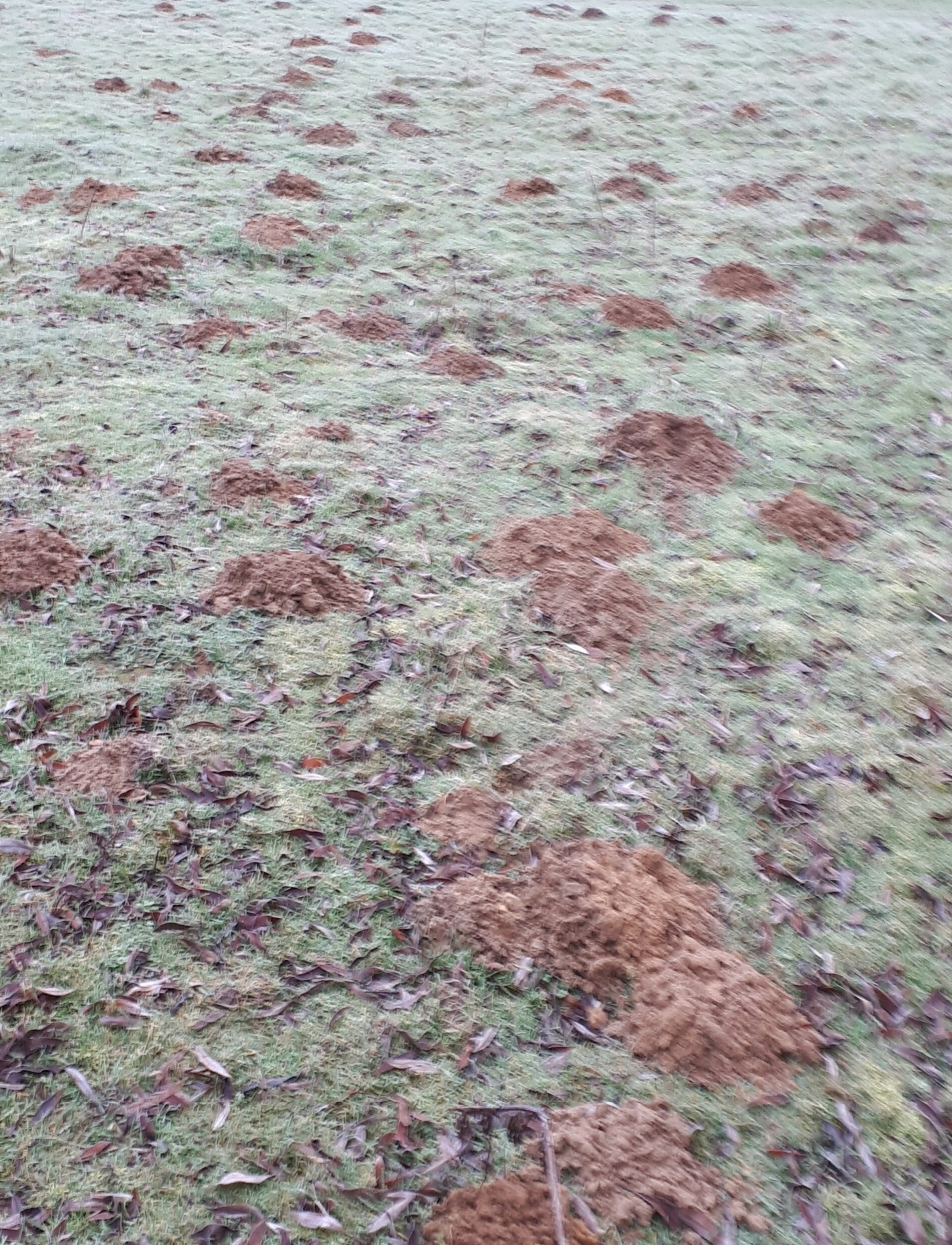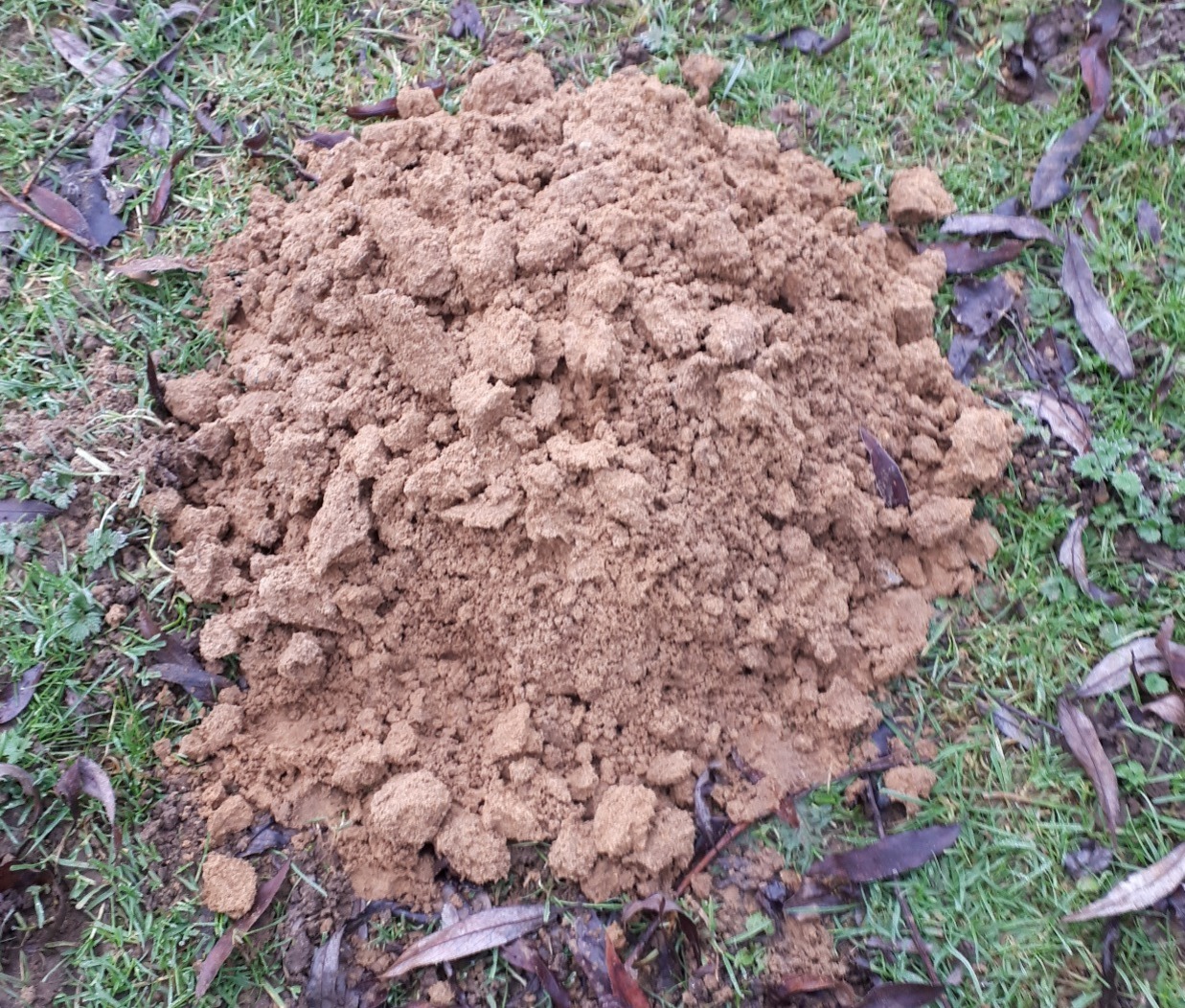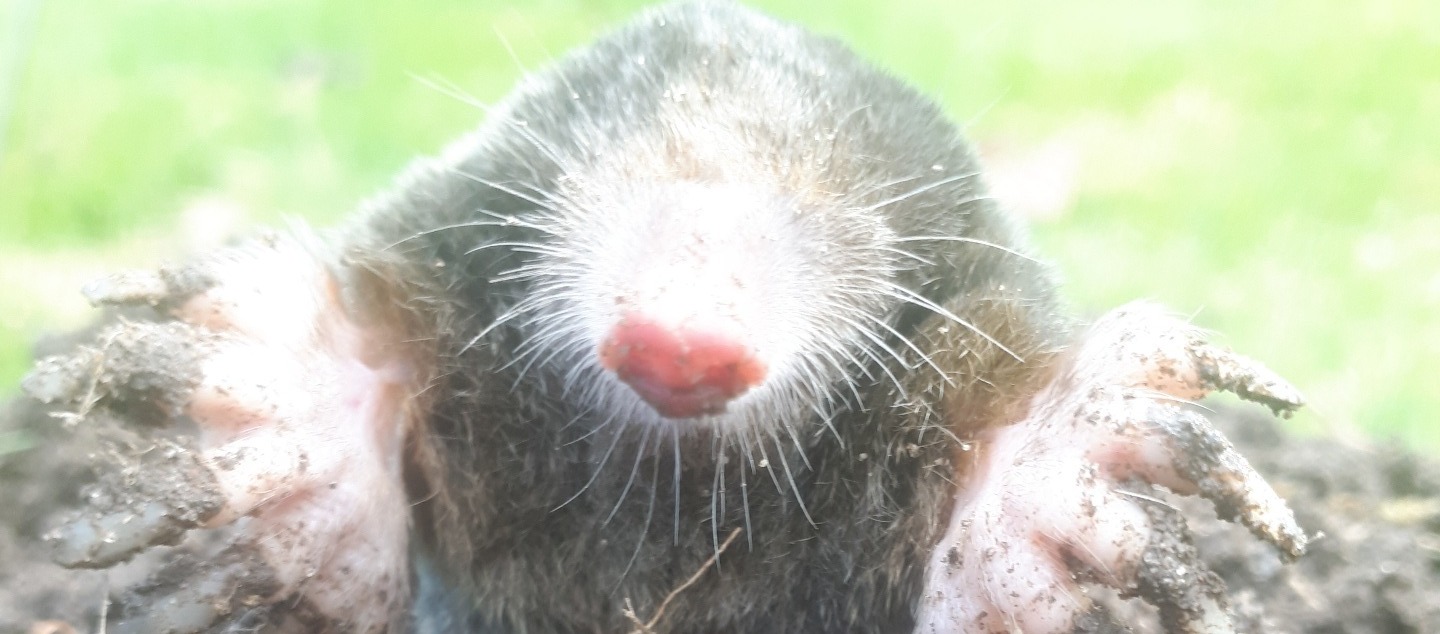Geology and moles
Posted on 20th January 2019 at 10:43
We carry out mole control all over Maidenhead and widely across all parts of Berkshire and the ground beneath our feet changes dramatically, we can be on water logged clay and then is a mile down the road on sand. This diverse geology: the composition of the soil affects moles and how they live.
Mole catching in Maidenhead
Moles are active throughout the year, periods of prolonged wet weather will drive them up higher in the soil and therefore more noticeable along with the breeding season which will be starting soon where the males known as boars start to actively search out the females.
This paddock in Fifield has a sandy soil type with few stones and little in the way of organic matter lying within, taking a handful of soil you can see that it is fairly poor and will not support a lot of insect life.
Easy to dig and well drained it means that a single mole is responsible for all this activity, the amount of food held within the soil means that this mole is extremely busy looking for its next meal, being sand it will also collapse easily under the weight of livestock posing a hazard to large animals like horses.
Down the road from here is a wide belt of clay, this soil is incredibly heavy and will hold its structure meaning that the tunnels dug within the soil stay intact, not an abundance of food for the mole but once dug those tunnels will need minimal maintenance.
If we cut into a tunnel on clay its common during wet weather to see water flowing through the actual runs; moles are useful creatures and do aid farmers in drainage of the land. Again clay soil is strong and once dry there is little chance of collapse.
Where the ground meets hedgerows and woodland any tunnels dug by moles can if routinely ran through last for years even decades. The rootlets get snapped off and form a frame for the tunnel walls meaning that these become actual structures – next time you’re walking through the woods look out for molehills.
Most mole digging is done because the mole detects vibrations from nearby insects, they tunnel towards the source throwing out debris as they go. The function of the tunnels dug is to act as a trap for any invertebrates or worms that dig their way into the system.
The soil is compressed against the sides of the tunnel walls with only a small amount ejected up to the surface to form a molehill, this solid 'wall' means that worms and grubs find it difficult to leave and they will get snapped up as the mole patrols his or her system.
Clever creatures who are ideally adapted to their environment.


We catch moles in Maidenhead and Ascot on a basis of 'no catch = no fee'. We don't charge up front because the incentive is for us to do our job properly, from domestic gardens to large private estates and arable land - if you have a mole problem call Maidenhead Pest Control.
Tagged as: Moles
Share this post:















